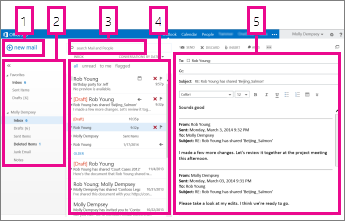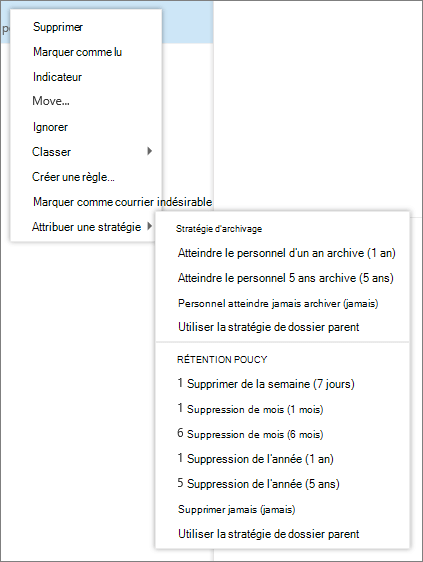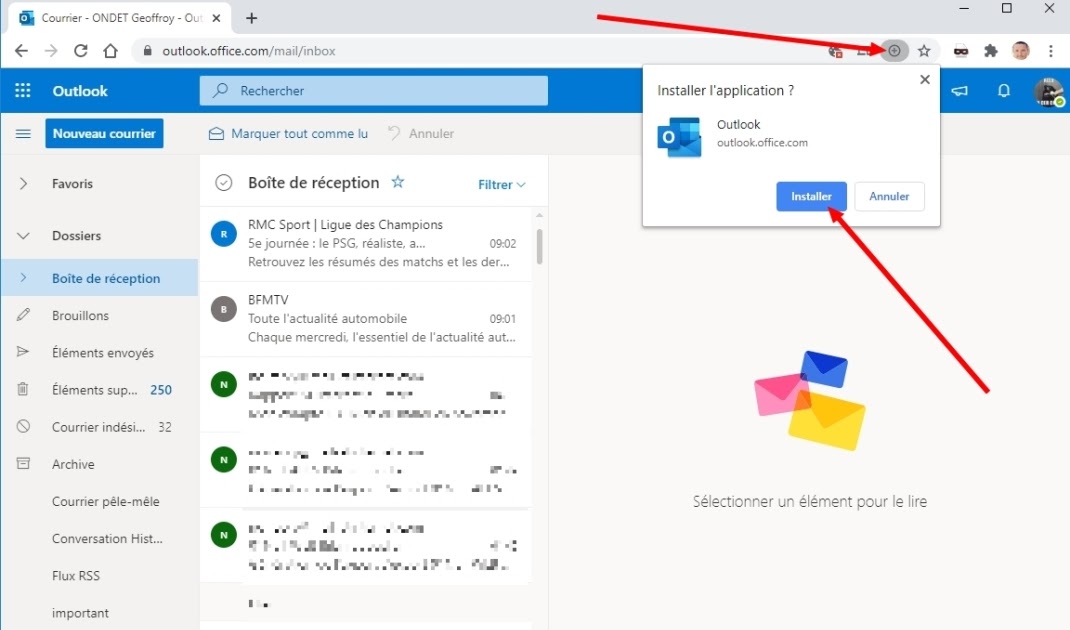

Archive from outlook web app how to#
How to block email in OutlookĪutomatically routing email is one thing blocking, deleting, and auto-archiving email is quite another. “Deleting” email actually means several different things within Outlook. The Microsoft Outlook web app provides a rather lovely, straightforward UI for creating rules for your email. Finally, there’s an option to “ Stop processing more rules,” which simply gives that particular rule top priority in case there’s a conflict with another rule.

Archive from outlook web app series#
But you can create a new rule, name it, then proceed through a series of drop-down boxes, adding conditions and exceptions to fine-tune your rules.

Here’s another example of Microsoft’s inconsistent UI: If you’ve made any rules in Outlook’s desktop app, you’ll be able to see them-but not edit them. The Settings menu for the Outlook Web app can be found to the far right, under the gear icon. Instead, click the gear-shaped Settings icon in the upper right of the main Inbox window, then the View all Outlook settings pop-up box to create global rules for all of your email. But if you do, Outlook locks you into creating rules for that specific email sender. In the Outlook Web app, you could click an individual email, then scroll down to Advanced actions > Create rule. Outlook’s Rules allow for deep customization of various fields and categories. This is really where you can tailor Outlook’s rules to your specific needs. Fortunately, the Advanced Options button in the lower right opens up those options, with a large number of available conditions which can also be customized further. This time, click Create Rule. While the Create Rule allows you to select from several options, you’ll notice some shortcomings: there are no Boolean operators, for example, so you can’t create a rule that triggers when “Facebook” OR “Twitter” OR “LinkedIn” is in the subject line. In the Outlook desktop app, right-click any email and scroll down once again to Rules. It’s Outlook’s Rules command that allows you to filter, not just by the originating email address, but by important filters such as the sender’s name, keywords in the subject line, keywords in the body of the email, and more. How to use Outlook Rules to filter email in Outlook

Next, we’re going to use Outlook’s rules system to organize your existing email automatically, as well as assign email to your new folders automatically as they come in. You may be better off opening the web app via the link above and performing this step with the handy shortcut the Outlook web app provides. Outlook’s UI makes this unnecessarily difficult, and more often than not you’ll end with a sub-folder in an odd spot. In the Outlook desktop app, right-click the name of your email address (not the Inbox) and select New Folder. If you want to create more than one, just click the link again. In the Outlook Web app, the process is simple: Click the New folder link at the bottom of the list of folders, way down below your Inbox. Once created, you can drag them around and organize them as you’d like. Microsoft Outlook for the Web offers the most convenient way to add new folders. You can also organize your Outlook inbox like Gmail does: creating folders for social notifications that you don’t want to delete, but you don’t want clogging your inbox, either. 'Dirty Pipe' is the somewhat suggestive name given to a new Linux bug that affects pretty much every distro out t.First, think about what you’d like to store in each folder-perhaps all of the automated notifications from Facebook, for example, or emails from a specific contact. New Linux bug gives root on all major distros, exploit released


 0 kommentar(er)
0 kommentar(er)
